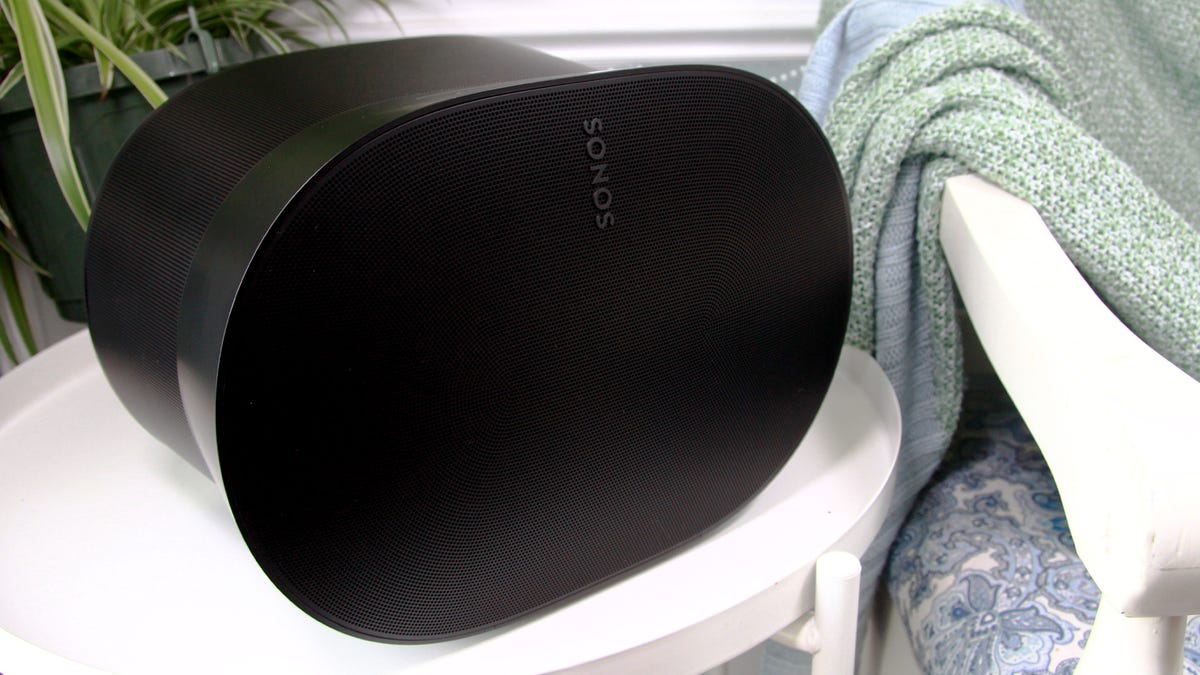How to create a budget with a credit card
Why use credit cards in the first place?
In the world of personal finance, it’s not very often that you hear “credit card” and “budget” used in the same sentence. But like any other credit product, credit cards can be advantageous when they’re used responsibly.
Cash flow and expense tracking
At the most basic level, credit cards have two valuable uses for budgeting:
- Help you manage cash flow by granting you 30 days to pay, interest-free.
- Track every expense you make — very helpful for budgeting.
The cash flow advantage helps you smooth out your income and spending needs throughout the month, so you don’t get caught with a big expense on the 10th when your paycheck doesn’t arrive until the 15th.
Tracking your expenses helps you understand where you spend all of your money on a month-to-month basis. Some credit cards even come with helpful online tools that help you categorize and chart your expenses.
Rewards and perks
The obvious reason to use credit cards for every bill and all spending is to optimize the amount of rewards credit cards earn. Simply put, the more regular spending you can put on cards — that is, payments and purchases you’d be making anyway — the easier it is to rack up airline miles, hotel loyalty points, and cashback.
These rewards cards also come with several free perks — fraud protection, for example, can cover you if you’re overcharged for an item, or someone steals your account number. Meanwhile, free extended warranties can reimburse you when something you bought breaks outside the manufacturer’s warranty period.
Also: American Express® Business Gold Card review
And it’s always a good idea to use credit when booking a hotel room or paying for rental cars. Some credit cards offer travel insurance that can cover mishaps like trip cancellations or trip interruption. Your rental car could even be protected thanks to credit card rental car insurance.
Another reason to use credit cards: simplicity and safety. If you don’t like carrying a lot of cash around or prefer the simplicity of carrying one card for all of your expenses, a credit card is a convenient option.
Popular budgeting systems
In order to use a credit card as part of your budgeting strategy, you need to have a workable budget in hand. There are several types of budgets you can work with.
The Zero-Sum Budget
This type of budgeting involves using last month’s income to fund this month’s needs. By allocating every dollar you earn on paper — whether for bills, groceries, savings, or investments — zero-sum budgeting forces you to optimize your spending and “pay yourself first.”
The Spreadsheet Budget
These budgets require a spreadsheet with two columns you must fill in each month — a column for expected expenses and another for your actual expenses. Reconciling the two at the end of the month helps you find your problem areas, while estimating your expenses helps you “get real” with where your money is actually going. If you don’t want to deal with computer software, you can also make a simple spreadsheet budget with pen and paper.
The Online Budget
Several businesses offer online budgeting software, most notably YNAB.com (You Need a Budget). In most cases, these software programs will have you input your earnings and expenditures in order to create the perfect spend/save mix for your unique situation.
Whatever budgeting system you choose, it might be helpful to sign up for an online service that tracks your spending and credit purchases for free. A good example is a site like Personal Capital, which offers free-spending and net worth analysis as well as free tools that can help you optimize your investments.
Another option is Mint.com. After you input all of your information into Mint and link your financial accounts, you’ll gain a brand new perspective on how your income stacks up to your expenses, as well as any problem areas you may have.
Build a Budget with a Credit Card in Five Steps
Once you’ve decided on a budgeting strategy, these five steps can help get you on your way:
Step 1: List all of your expenses
When you’re creating a budget for the first time, you first need to get in touch with your actual monthly expenses. Start by listing everything you pay for on a monthly basis — your mortgage or rent, car payments, food spending, insurance, utilities, etc. List all of the essentials, in addition to non-essentials, if you want your budget to work.
Here’s where your credit card statement comes in handy — it does a lot of this work for you. Make sure to include the little purchases you might have forgotten about.
Also: The best no foreign transaction fee credit cards
Step 2: Add them up and compare the total to your income
Once all of your expenses are listed, it is crucial that you compare the final total to your actual income. Is it more? Is it less? Chances are, you already know the answer.
If your monthly spending is higher than your income, you’re probably deep in debt- or at least headed that way. Likewise, if your income is a lot higher than your monthly expenses, you should theoretically have extra money left over each month. Do you?
By importing your credit card accounts into a service like Mint.com or Personal Capital, this is automatically done for you. You’ll know how much net income you’re generating each month, and you can start to see where you might be overspending.
Step 3: Look for ways to save
Whether you’ve got money left over each month or not, it’s always wise to look for additional ways to save. That’s the reason you’re budgeting in the first place, right?
This is where free online services like Personal Capital and Mint can come in handy. With either service, you can log in and see your actual spending in all of your usual categories.
For example, you might think you’re spending $500 on food for your family of four, but are you? Both Personal Capital and Mint can give you a definitive answer.
Then you can actually set up budgets for spending categories and see how you’re doing in real-time. So, if you decide you only want to spend $150 a month “eating out,” you can set up a budget with that constraint, and you’ll see when you’re approaching your limit.
If you don’t use either of these services, you can still determine how much you’re spending by going through the last few months’ bank and credit card statements. To see where you stand, just tally your expenses up in relevant categories — food, utilities, entertainment, exercise, restaurants, etc. Once you find out your problem areas, you’ll be in a much better place to make meaningful change.
Step 4: Create realistic budget categories for next month
Once you’ve come face to face with the truth about your spending, it’s time to create new budget limits that you can live with. So get to work. One way to start whittling things down is to take your average spending in each unfixed category and cut it down by 20% next month.
For example, if you spent $900 on groceries last month, you could limit yourself to $720 from now on. If you find that works well, cut it down another 10% or 20% next month, and so on. You want your budget categories to be realistic, but it’s okay to feel a little squeeze.
Step 5: Start the new month with fresh budget expectations and a credit card
Once your new budget is ready to go, start the new month with brand new budget expectations. This is also where your credit card comes in. Instead of using cash or debit, you’ll start putting all of your purchases on your credit card.
Then, at least once per week, you can log in to see where you stand with your new budget. How much have you spent on groceries so far? How much have you spent on entertainment? And more importantly, how much do you have left?
Pay your balance in full at least once or twice per month to stay on track and avoid paying interest. If you find yourself regularly cheating on your budget, one option that can keep you honest is to ask your card issuer to lower your credit limit to the amount you intend to charge each month. So if you’ve budgeted $1,200 for food, gas, entertainment, Internet, and cell phone — all expenses you can charge — lowering your credit limit to $1,200 can force you to stay within your budget.
Should you use credit cards as a budgeting tool?
No matter what, budgeting can be a messy endeavor — especially at first. It usually takes some time to figure out your biggest challenges and weaknesses, but only then can you create a plan of attack. In this case, what you don’t know can hurt you.
Credit cards can be a valuable tool if you want to create a budget that works, keep an ongoing record of your spending, and earn rewards in the process — but only if you are capable of using cards responsibly.
And that’s the key: responsible use. Paying your bill in full each month, checking up on your spending periodically, and not using credit as an excuse to overspend is all part of using credit responsibly.
Everyone can benefit from being more aware of their spending — by creating a budget and tracking their purchases. Using credit cards linked to online tools is one of the fastest ways to get you the most relevant data on your spending and savings.
Sometimes being aware and cognizant of where your money is going is all it takes to help you make meaningful changes in your financial behavior. So any budget method that raises your awareness of your spending habits is worth the effort.
[This article was first published on The Simple Dollar in 2020. It was updated in March 2022.]





Pingback: สล็อตเว็บตรงไม่ผ่านเอเย่นต์
Pingback: ห้องพักรายวัน คู้บอน
Pingback: https://www.eshopreplica.com/product-category/rolex/sea-dweller/
Pingback: https://vidout.net/vidoutMedia/vdtdsply.php?type=click&kontendoId=120&pubid=157&vstpltfrm=m&link=https://numo-weed.com/